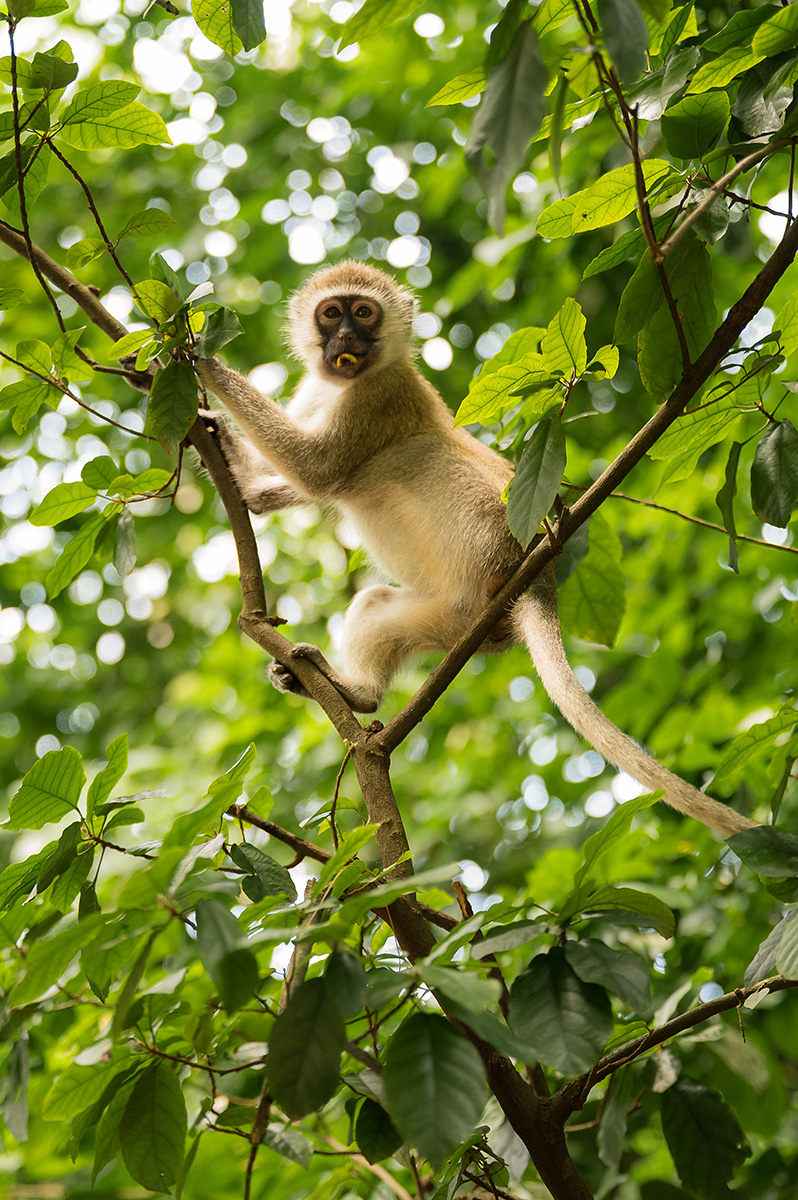Aquaculture & Sustainable Fish Farming at Haller Park
- Conservation
- Aquaculture & Sustainable Fish Farming at Haller Park
Aquaculture & Sustainable Fish Farming at Haller Park
At Haller Park in Mombasa, aquaculture is more than just fish farming — it is a living demonstration of how humans can work with nature. By integrating fish ponds with wetlands, hippos, and plants, Haller Park created one of the world’s most innovative closed-loop aquaculture systems.
This project provides food, education, and biodiversity benefits, making it a cornerstone of the park’s conservation and restoration initiatives.
How the Aquaculture System Works
The design of Haller Park’s aquaculture is based on nature’s cycles:
- Hippos contribute nutrients their waste fertilizes algae in the ponds.
- Algae feed fish such as tilapia and catfish.
- Wetland plants filter water, keeping the system clean and balanced.
- Fish are harvested sustainably, supporting local communities without depleting resources.
This integration ensures that nothing goes to waste — every part of the cycle supports another.
Benefits of Sustainable Aquaculture
The aquaculture system at Haller Park delivers multiple ecological and social benefits:
- Food security: Tilapia and catfish provide protein for local communities.
- Biodiversity: Wetland plants, birds, and insects thrive in nutrient-rich habitats.
- Water purification: Natural filtration improves water quality.
- Climate resilience: Sustainable farming reduces pressure on wild fisheries.
- Education: Students and researchers learn about sustainable farming models.
Linking Aquaculture to Wildlife Conservation
Aquaculture at Haller Park is unique because it is directly linked to wildlife:
- Hippos (Sally & Potty): Their waste drives nutrient cycles.
- Birds: Herons, kingfishers, and egrets hunt fish in the ponds.
- Reptiles: Crocodiles and monitor lizards naturally regulate populations.
This shows how human food systems can exist alongside wildlife conservation without conflict.
Global Recognition
Haller Park’s aquaculture project has been showcased in:
- UNEP case studies on sustainable resource management
- Academic research on ecological engineering
- Documentaries highlighting Kenya’s conservation success stories
It is frequently cited as one of the best examples of sustainable aquaculture in Africa.
Education & Research Opportunities
Universities and schools regularly visit Haller Park to study aquaculture as a model for sustainable development. Research topics include:
- The role of wetlands in water purification
- Fish growth in nutrient cycling systems
- Balancing conservation and community food needs
- Replicating closed-loop aquaculture in other regions
This makes Haller Park a global learning hub for environmental science.
Plan Your Visit
Opening Hours: 8:00am – 5:00pm daily
Location: Bamburi, Mombasa
Entry Info: View tickets and packages
Map & Directions: Bamburi, Off Mombasa-Malindi Road
FAQs – Aquaculture at Haller Park
Some Attractions

Aquaculture & Wetlands
See how our sustainable fish ponds work hand-in-hand with nature to support biodiversity and local communities.

Forest Trails & Birdwatching
Enjoy peaceful walks through restored forest habitats. Look out for monkeys, antelopes, and over 160 bird species.

Butterfly Pavilion
Step inside Kenya’s first butterfly house and be surrounded by color, movement, and the magic of metamorphosis.
